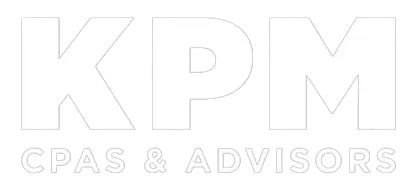When many small to midsize businesses are ready to sponsor a qualified retirement plan, they encounter a common obstacle: complex administrative requirements. As a business owner, you no doubt already have a lot on your plate. Do you really want to deal with, for example, IRS-mandated testing that could cause considerable hassles and expense?
Well, you may not have to. If that’s the only thing holding you back, consider a safe harbor 401(k) plan. These plans are designed to simplify administration and allow highly compensated employees to contribute the maximum allowable amounts. Of course, you still must read the fine print.
Simple Trade-Off
Under IRS regulations, traditional 401(k) plans are subject to annual nondiscrimination testing. It includes two specific tests:
- The actual deferral percentage (ADP) test
- The actual contribution percentage (ACP) test
Essentially, they ensure that a company’s plan doesn’t favor highly compensated employees over the rest of the staff. If a plan fails the testing, its sponsor may have to return some contributions to highly compensated employees or make additional contributions to other participants to correct the imbalance. In either case, the end result is administrative headaches, unhappy highly compensated employees, and unexpected costs for the business.
Safe harbor 401(k)s offer an elegant solution to the conundrum, albeit with caveats of their own. Under one of these plans, the employer-sponsor agrees to make mandatory contributions to participants’ accounts. In exchange, the IRS agrees to waive the annual requirement to perform the ADP and ACP tests.
With nondiscrimination testing off the table, you no longer need to worry about failing either test. And highly compensated employees can max out their contributions. Under IRS rules, these generally include anyone who owns more than 5% of the company during the current or previous plan year or who makes more than $160,000 in 2025 (an amount annually indexed for inflation).
Important Caveats
Regarding the caveats we mentioned, the primary one to keep in mind is that you must make compliant contributions to each participant’s account. Generally, you may choose between:
- A nonelective contribution of at least 3% of each eligible participant’s compensation, or
- A qualifying matching contribution, such as 100% of the first 3% of compensation deferred under the plan plus 50% of the next 2% deferred.
There’s also the matter of timing. Let’s say you want to set up and launch a safe harbor 401(k) plan this year. If so, you’ll need to complete all the requisite paperwork and deliver notice to employees by October 1, 2025, and contributions must begin no later than November 1, 2025.
Providing proper notice is critical. You must follow specific IRS rules to adequately inform employees of their rights and accurately describe your required employer contributions.
Potential Pitfalls
Perhaps you’ve already spotted the major pitfall of safe harbor 401(k)s. That is, you must commit to making qualifying employer contributions. And once you do, you generally can’t reduce or suspend them without triggering additional IRS requirements or risking plan disqualification. There are exceptions, but qualifying for them is complex and requires careful planning.
In addition, your contributions are immediately 100% vested, and participants own their accounts. That means once you transfer the funds, they belong to participants — even if they leave their jobs.
Bottom Line
The bottom line is safe harbor 401(k) plans can be risky for businesses that experience notable cash flow fluctuations throughout the year. However, if you’re able to manage the mandatory contributions, one of these plans may serve as a relatively simple vehicle for amassing retirement funds for you and your employees. We can help you evaluate whether a safe harbor 401(k) would suit your company. Contact us for assistance.

